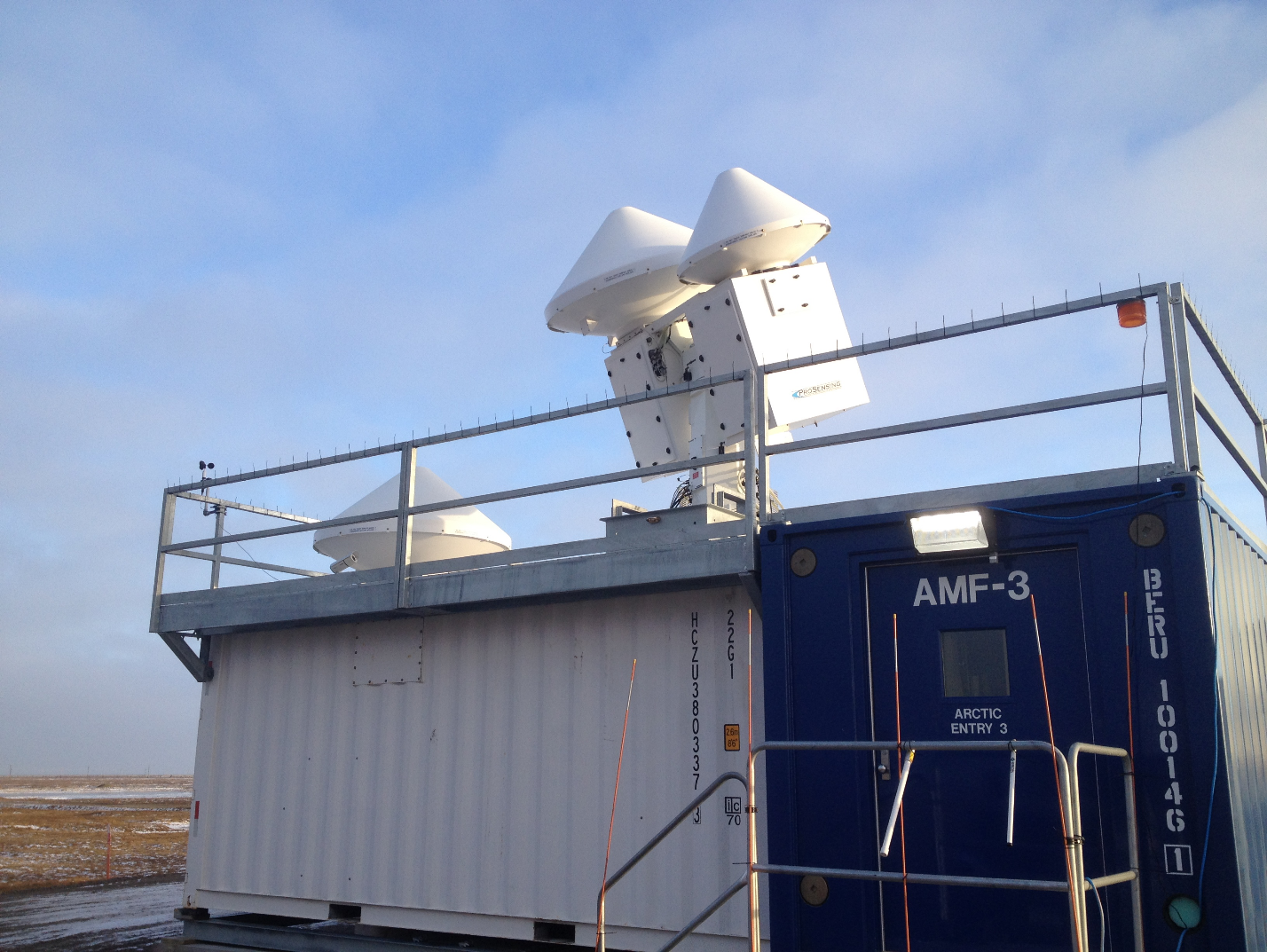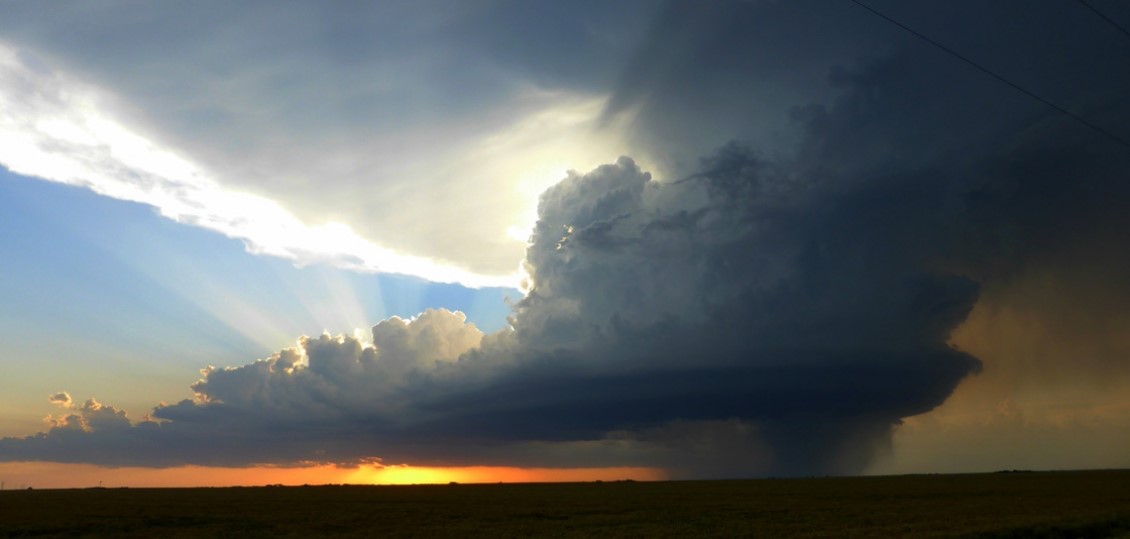Instruments on the Move
Published: 19 August 2019
ARM prepares to transfer its third mobile facility from Alaska to the Southeastern United States

The U.S. Department of Energy’s (DOE) Atmospheric Radiation Measurement (ARM) user facility provides researchers with strategically located observatories―three fixed and three mobile―to improve earth system models.
ARM also has an aerial observation component and the infrastructure to collect, process, and deliver data to the research community.
To support the dynamic research environment of atmospheric sciences, ARM must stay operationally flexible, which sometimes requires change.
By the end of fiscal year 2021, ARM plans to move the third ARM Mobile Facility (AMF3) from Oliktok Point, Alaska, to a location somewhere (still to be determined) in the Southeastern United States.
The Southeast is one of several high-priority science locations identified by the ARM science community in a recent workshop. AMF3’s new five-year deployment will begin in fiscal year 2022.
AMF3, operated by Sandia National Laboratories in New Mexico, has collected data at Oliktok Point since 2013. The portable observatory is intended for longer-term deployments at sites where multiyear variability is important. The other two mobile facilities are deployed for six-month to two-year campaigns proposed by the research community.
Over the years at Oliktok, many arctic science missions have unfolded through experts in cloud dynamics, surface radiation, remote sensing, scanning radars, radar calibration, unmanned aerial systems, tethered balloons, and more. Their questions relate to fast-evolving atmospheric conditions in the Arctic.
ARM will continue to support arctic observations at its fixed observatory at Barrow (officially known as Utqiaġvik), which has been collecting atmospheric data since 1997.
The Oliktok Point campaign was originally intended to be a five-year deployment. However, DOE extended the deployment through fiscal year 2021 to support interagency and international activities occurring there as part of the Year of Polar Prediction.
Establishing a New Site Science Team

To maximize the redeployment’s scientific return, DOE’s Office of Biological and Environmental Research (BER), which operates ARM, has invited DOE national laboratories to submit proposals for site science teams for the new deployment.
The idea: A national laboratory-led team will develop a science plan and outline an initial research project, including recommended potential sites. The team will provide scientific input and guidance to ARM as they plan for the new deployment. Sandia will continue to have operational management of the future observatory.
Once awarded, the site science team will be jointly funded by ARM and DOE’s Atmospheric System Research (ASR) program, which BER also operates.
It is important to understand, better than we do now, atmospheric processes in the Southeastern United States, says ARM Program Manager Sally McFarlane.
“The new deployment will provide the observations to address critical science questions relating to atmospheric convection, land-atmosphere interactions, and aerosol processes,” she says. “This is a region with abundant atmospheric convection―yet the land surface, vegetation, and aerosol properties are markedly different from at ARM’s fixed observatory in Oklahoma.”
The new deployment for AMF3, McFarlane adds, “will allow opportunities for new research questions and approaches.”
Phased Approach
Ending one deployment and beginning another involves what BER calls a phased approach. It will allow for current AMF3-related research at Oliktok to be finished and for the mobile facility to be refurbished, upgraded, and recalibrated.
By October 2020, ARM anticipates removing some instrumentation from Oliktok, primarily equipment that is usually removed from operations during winter and equipment that needs repair or refurbishment before the new deployment. However, ARM plans to maintain some instrumentation at Oliktok through the spring of 2021 for a final season of measurements.
Meanwhile, the new science team will be working with ARM to identify potential deployment locations in the Southeastern United States. By March 2021, ARM expects to have a short list of potential AMF3 deployment locations and hopes to determine the location of the final site by that September.
ARM anticipates the first data from core instrumentation will be available in September 2022 from the new AMF3 site and from secondary instrumentation a year later.
Keep up with the Atmospheric Observer
Updates on ARM news, events, and opportunities delivered to your inbox
ARM User Profile
ARM welcomes users from all institutions and nations. A free ARM user account is needed to access ARM data.


















